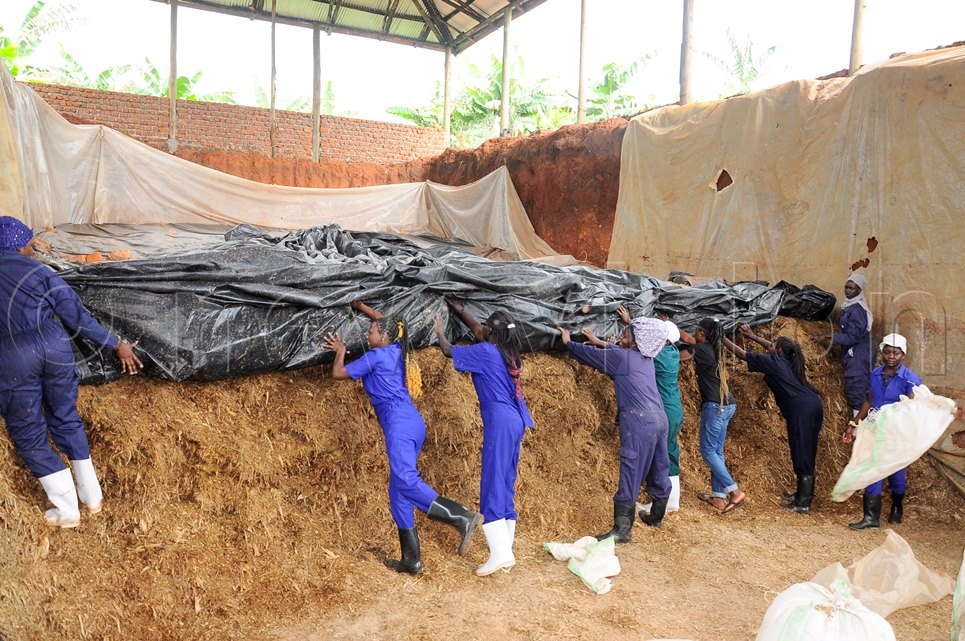By Umar Nsubuga
Ruta Ngambwa, a renowned dairy farmer, understands the critical role pasture plays in the success of dairy farming.
With years of experience in managing large herds, he has mastered the art of preserving pasture to ensure his cattle have a steady supply of nutritious feed throughout the year, even during dry seasons.
“One of the biggest challenges dairy farmers face is maintaining quality pasture when the rains stop,” Ngambwa explains.
“But with proper preservation techniques, you can ensure your livestock are well-fed year-round.”
Ngambwa highlights haymaking as one of the most effective methods for preserving pasture.
“Hay is simply grass that is cut, dried, and stored. The key is to cut the grass when it’s still green and full of nutrients, then dry it properly to avoid mold,” he advises.

According to Ngambwa, farmers should aim to harvest grass at the early flowering stage, when it has the highest nutritional content. After cutting, it should be left to dry in the sun for several days, turning it regularly to ensure it dries evenly.
Another technique Ngambwa recommends is silage making.
“Silage is made from fresh grass that is chopped and stored in airtight conditions, allowing it to ferment. This method retains more nutrients than drying and is perfect for areas with unpredictable weather,” he says.
He explains that silage can be made from a variety of plants, including maize and Napier grass. The key is to pack the chopped plant material tightly into a pit or silo, covering it to keep out air and moisture, which encourages fermentation.
Ngambwa also stresses the importance of rotational grazing to preserve pasture.
“By dividing your grazing land into smaller sections and rotating your cattle, you give the grass time to recover and grow back. This way, you maintain a fresh supply of pasture without overgrazing any one area,” he explains.
He advises dairy farmers to plant drought-resistant grasses, such as Brachiaria, which can withstand long periods without rain.
“These grasses are great for maintaining a supply of pasture even when the weather is harsh.”


 2023 Best Farmers In Netherlands For Weeklong Tour
2023 Best Farmers In Netherlands For Weeklong Tour


